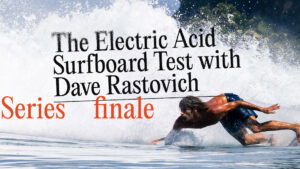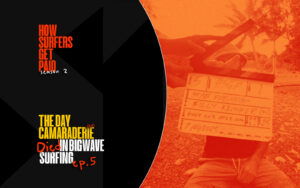Stab’s Top 10 Articles Of 2021
Surfboards, industry and Jed Smith ruled the year, according to our Premium members.
After 12 months of daily Stab Premium articles, we asked our members about their favorite pieces of the year. Hundreds responded to the survey. Turns out, you loved…
- Jed Smith: The Australian everyman penned 5 of the 10 top articles, tackling the societal and mental repercussions of surfing. Bravo, Jedaum!
- The Industry: Whether it was Jamie Tierney’s illuminating retrospective from inside the halls of peak-Quiksilver, or Sam McIntosh diving into bidding wars and the bottom lines of surfing’s elite, you enjoyed the peek behind the curtain.
- Surfboards: Geremy Blake reminded you it’s OK to ride a shortboard, and helped you find the perfect one, while Ethan Davis wrote about the surprising benefits of riding waves on unorthodox craft.
The top-10 Stab Premium articles, as voted by you, are listed below…
(Not a Stab Premium member? Sign up here.)
By Jed Smith
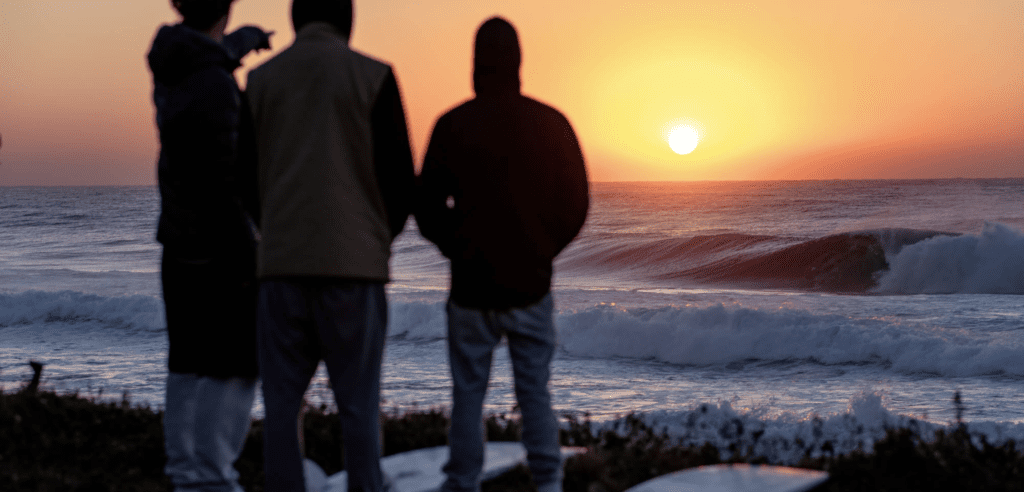
Excerpt
The radical influx of people, and the nauseating profit-motives that inevitably follow, is a bitter pill for many long-term locals to swallow. Many see their paradise changing for the worse and feel obliged to push back. At a certain point, however, you must accept change in your environment, particularly if it benefits the mass over the minority, as surfing’s increasing popularity undoubtedly does. The reason you must accept these changes is because they are here to stay. And the alternative—not accepting them—will become an endless source of anger, frustration, bitterness, stress and, ultimately, mental illness.
The difference between the way things are and the way you want things to be is the definition of stress. In small amounts, in the right circumstances, stress is not necessarily bad for you. In consistently large amounts, on a regular basis, it is terrible for you. Localism in the face of an unyielding onslaught of surfers will flood your body with cortisol and make you sick.
Premium Comment
“Written about soooo many times I almost didn’t read. Turned out to be the best article I’ve read on the subject.” -Banned In D.C.
—
By Jed Smith
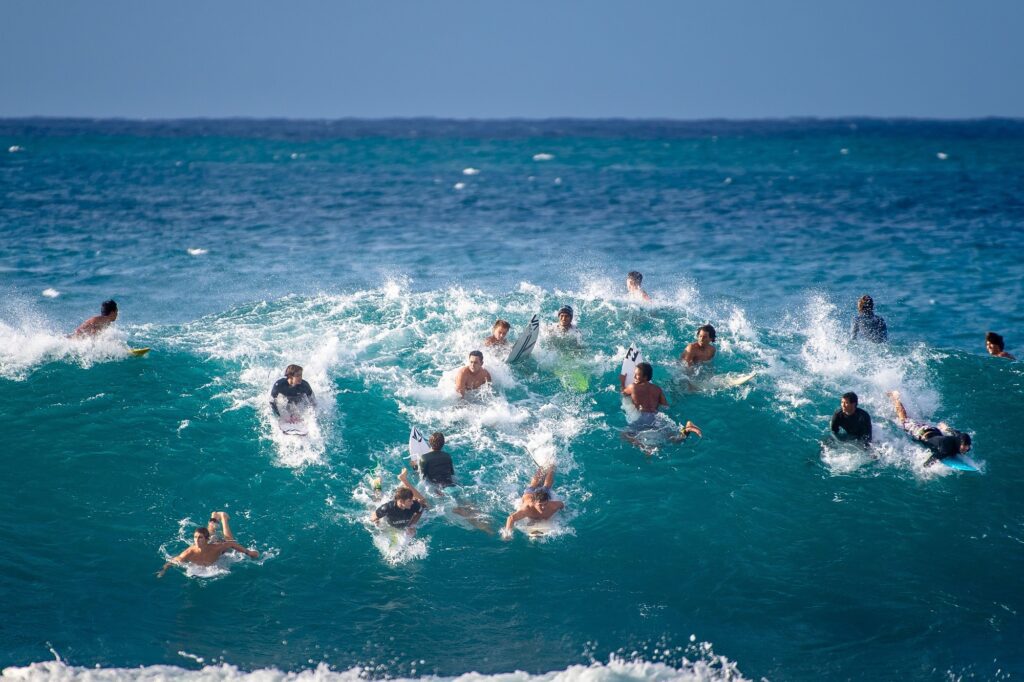
Excerpt
Respect for local customs, characters, and traditions is not unique to surfing. Any half-conscious traveller will tell you these are expectations wherever you go. Without getting too deep into the complexities of what constitutes a local (one year, two years, five years, four generations, indigenous etc), here are some simple rules to help you navigate this eternal component of surf culture. We’ve bypassed the obvious rules of dropping in, snaking, and paddling for the foam rather than the shoulder to avoid collision. You should know that by now.
Premium Comment
“…this is on the money. [Localism] exists for a reason and not all locals are equal in ability and intelligence. One thing that’s cool about it, is don’t matter what patch of dirt you buy when you move to town, that don’t buy you a spot in the the line up. That spot takes hours of learning the nuances of a wave, dedication and respect to the local crew that have put in the hours. If you carry on like an entitled prick it will take twice as long to earn your place in the line up.” -Martin Potters Conehead
—
3. Brain Injuries Are Surfing’s Sleeping Giant
By Jed Smith
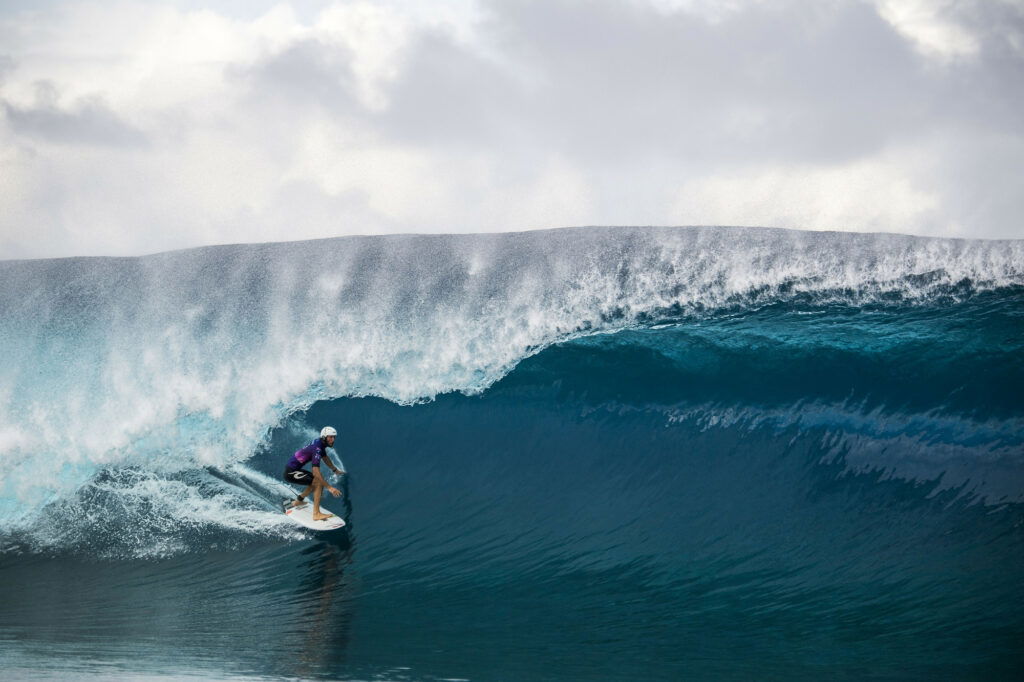
Excerpt
Then the World Surf League stepped in. They shook their tree of medical professionals, eventually coming up with Melbourne-based Neuro-orthopaedic Sports & Exercise Chiropractor, Brett Jarosz. Behind his jargonistic job title is a slew of medical degrees and awards that fill up a long paragraph, many in the emerging field of brain science, health, and rehabilitation. Jarosz met Owen at Bells and put him through some tests. He was surprised by what he found.
“The basic story was he had had POTS—postural orthostatic tachycardia syndrome. His heart rate was spiking more than 30 beats a minute from laying to standing and this was creating symptoms for him. He had problems with his inner ear and eyes and we could put his eyes and head in different positions and basically make him pass out,” he recalls.
“I put my hand on his shoulder after I’d examined him and said to him, ‘How are you surfing?’ And he looked at me and he goes, ‘I’m guessing.’ That moment for me was quite profound,” says Brett.
Premium Comment
“Brilliant article. Thanks for linking all the resources. Really appreciate the growing awareness around mental health and brain injuries” -Fabian
—
4. Inside The Roaring 2000s At Quiksilver
By Jamie Tierney
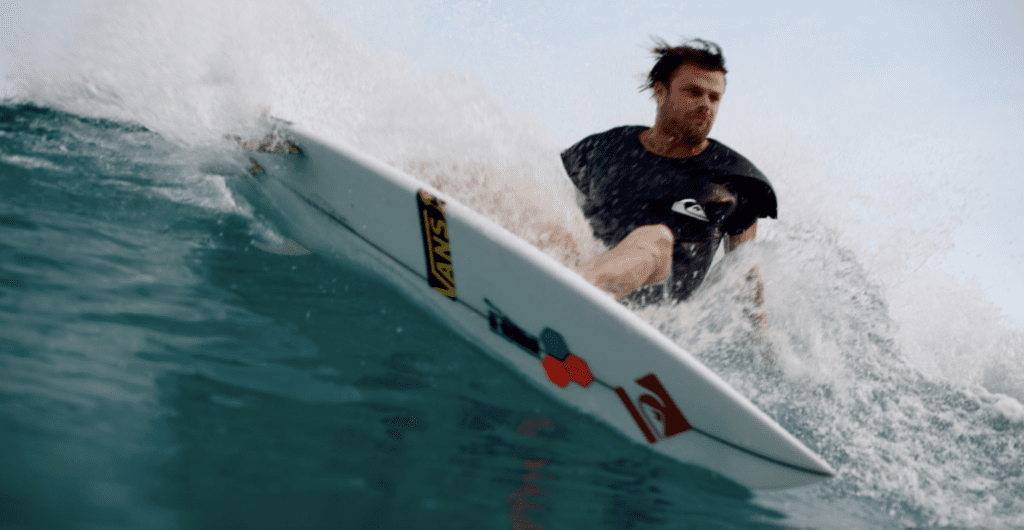
Excerpt
The bosses were looking for the next world champ and thought they had found it in Dane. He had the talent, for sure. But he was skinny, shy, introverted, socially awkward. He wasn’t the natural leader like Kelly and was nowhere near as competitive.
In many ways, Dane looked like a typical Ventura grom, with flat-top hair cut and big buck teeth. His friends called him “Beaver.” He wore skate shoes with socks pulled up high, even on the beach. But there was something different about him. On his first trip to Japan I noticed that he listened to music like Arcade Fire and Yo La Tengo and that he liked to write in a notebook.
Premium Comment
“These are a good read, interesting shit. And I never realized they took such a bath on Rossignol, I remember it was bad but jesus man, that is brutal.” -Mob Barley
—
By Sam McIntosh
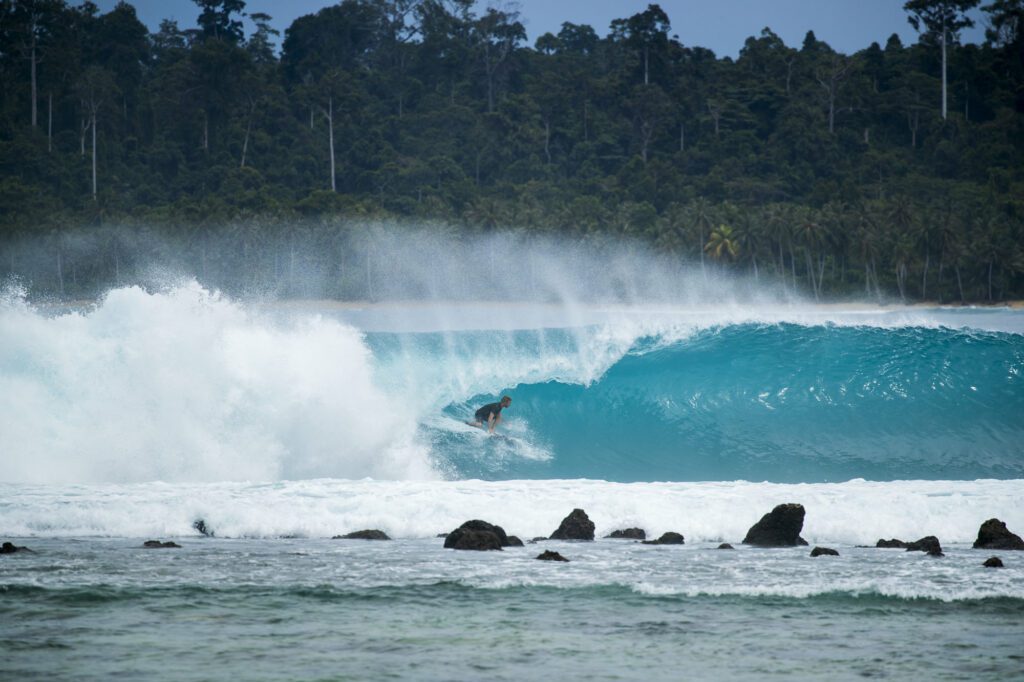
Excerpt
Last year, Kolohe and friends scored perfect and largely empty waves (shoutout COVID) during a boat trip to Indonesia. Andino fronted the whole operation, and his friends agreed to let him do whatever he wanted with their clips. So, he went all-in on the soundtrack. Actually, he went all-in on everything. Kolohe compared the experience to gunning for a World Title.
The 47-minute film is incredible. And, to cap it off, the film’s stars went on a 14-stop tour, surfed and spent time with surfers all over America, and distributed a trailer full of merch for free — which, in terms of fan interaction, is quite a few steps above replying to a comment on social media with a lazy emoji.
He spent a quarter of a million dollars to make this happen. On the surface, that might indeed seem reckless. But the story doesn’t end there.
Premium Comment
“KA has always seemed like a bit of distant figure – a perfect X games kid from So-Cal. But I’m really digging seeing that this guy is very human, and I’ve paid attention to his work (read: new YouTube channel and articles about him like this one) in a way I never have” -Expert Kook
—
By Sam McIntosh
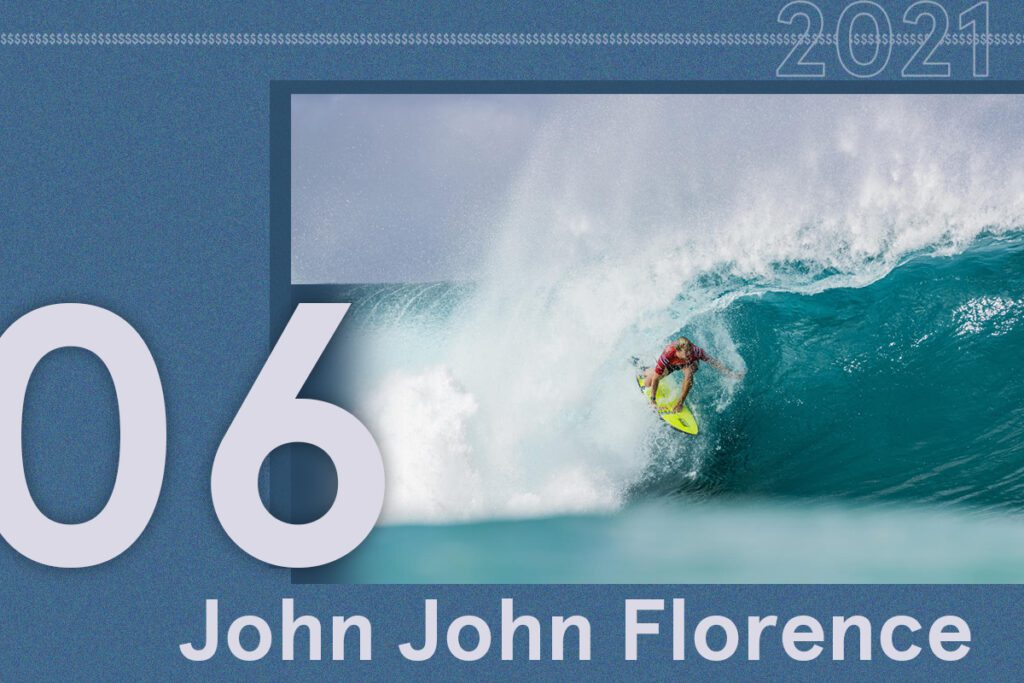
Excerpt
You might be asking how John started a new brand with his namesake and still earns $500k year one? It’s clever. John receives a significant amount of equity in the business for the use of his name. The money raised funds the business and the team and John doesn’t have to risk his own personal cash on the endeavour. His sacrifice for equity is in salary, however, the deal was sweetened with a $500k signing bonus. This is a similar model to how Kelly Slater created KS Wave Co and OuterKnown, which is different to how Dane Reynolds created Former, whereby the rider/founders funded the venture with their personal cash.
John also locks down some six-figure deals with Yeti, Cliff, Therabody, and Whoop. He has smaller deals with Nixon and Electric, pushing him just into the million-dollar threshold, about 20% of what he was earning in previous years.
Premium Comment
“Love the rich list. Keep it coming.” -Rick Kane
—
7. Deep Dive: Yes, You’re Still Allowed To Ride High-Performance Shortboards Like The Pros
By Geremy Blake
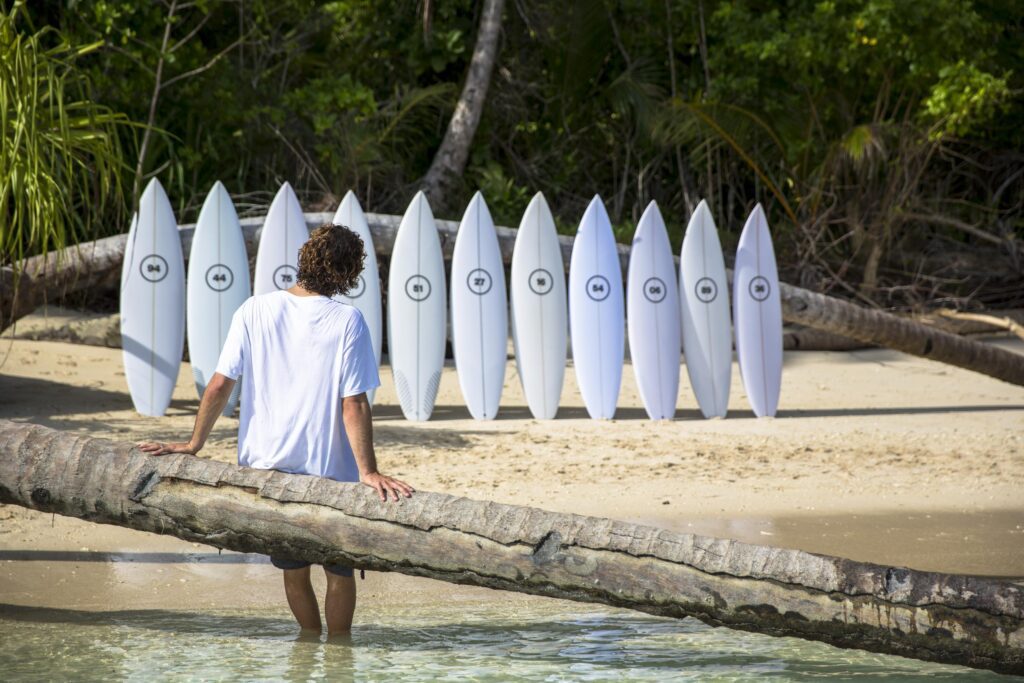
Excerpt
Mid lengths are fun.
I think they are anyway. Never ridden one. Alternative fat pigs feel great until you see yourself on video, and longboards are….well, there is a reason why we had the shortboard revolution. If the current crop of the world’s best is anything to go by, the best surfing is still done on performance surfboards. Hence their name.
If you’re like me, you’re slightly confused about what to order for your standard shorty — having been totally over-awed with the variety of new models, shapes, sizes, and volumes that have permeated the market in the last decade. I thought we’d head straight up the totem pole and see what the best are riding in 2021. So, I spoke with six of the world’s premier high-performance shapers and got the dims for 30 different pros who come in a wide range of heights and weights.
Premium Comment
“Golden content…This the best Pro surfer / board article evs!!!” -Mik
—
8. Inside The False Reality Of A Surf Town
By Jed Smith
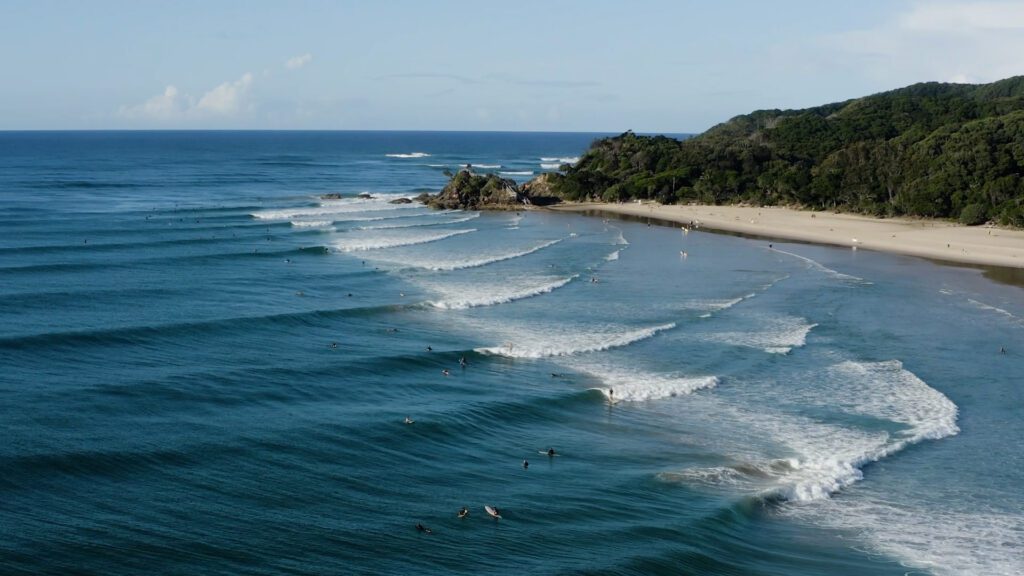
Excerpt
The Surf Town is a very modern phenomenon. As surfing has exploded in popularity, towns, economies, and an entire social hierarchy have developed off the simple act of riding waves. If you ride waves well you’re at the top of this social hierarchy. If you don’t you’re at the bottom. Those at the top, as with all social hierarchies, are deemed more valuable. They get unconditional respect. Their opinions carry more weight. Their voice is listened to more. Their presence creates energy and adulation among their peers. Their mastery of surfing is assumed by those lower down the social hierarchy—as well by themselves—to translate to success in other fields of life.
Premium Comment
“This was such a good read. I did question myself about this, that in a world where surf becomes increasingly more mainstream, the sons of landowners in world class spots are the most likely to succeed, and with rising demand and improving efforts for preservation, the land value of the mid-coastline will only increase (with the nearest areas losing out to rising sea levels). Social projects might help levelling up the playfield but they will always be playing catch-up.” -Tiago
—
9. Why Peter Mel Locked Himself Inside A Room After The Wave Of His Life
By Jed Smith
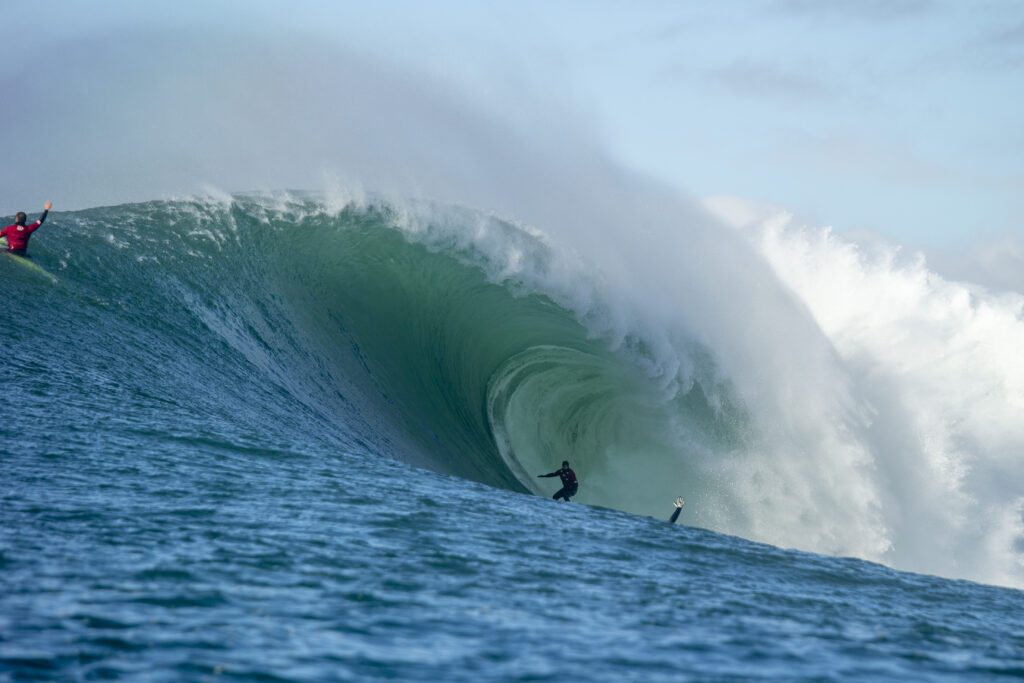
Excerpt
“Essentially you come home and you have a comedown just like you would from a drug. That generates anxiety, irritability, insomnia, depression, and intrusive anxious thoughts… these kinds of negative ruminations come with these kinds of successes or peak experiences,” she says.
What goes up must come down. As obvious as that might seem, the comedowns from intense surfing experiences have still managed to catch some of the best to ever do it out. In fact, you can draw a straight line from a handful of the world’s most accomplished heavy water specialists to addiction and mental illness. “We used to try and keep it going, just party, like, ‘Yayyyy!’” recalls two-time world champion, Pipe Master, and recovering drug addict, Tom Carrol, of the post-surf ritual that dominated his era. “But of course that comes to a very sharp halt and that makes it even worse,” he says.
—
10. Can Alternative Boards Help You Surf Better?
By Ethan Davis
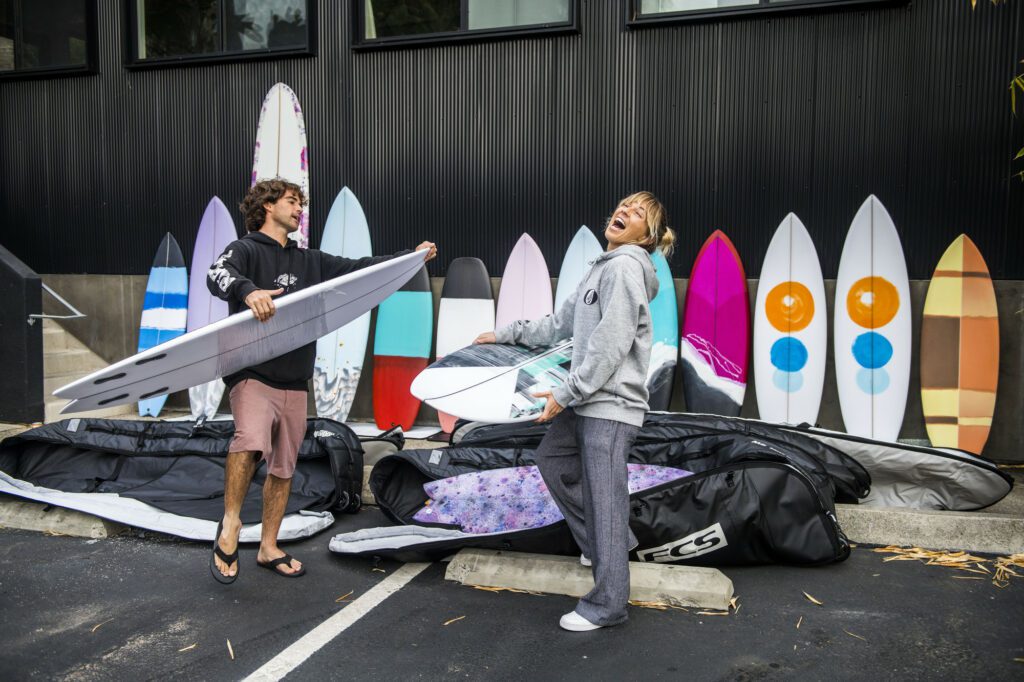
Excerpt
There are things I don’t know I don’t know. Unknown unknowns, if you will. Experimentation allows you to find out what you don’t know, which enables you to ask better questions. Figuring shit out and getting to better answers is a valuable return on investment, even if you’re failing.
The value of experimentation then is that it reduces ignorance and uncertainty in a way that is ultimately rewarding. It allows you to experience novelty, and novelty is fun, even if it’s dysfunctional. It’s a preservative for surfing enjoyment. An antidote to embitterment. It enables progression. It enriches your experience. It gives you fresh eyes to view the ocean with, and more tools for enjoying it.
Premium Comment
“Acid Test is the litmus test which proves all of the above – ie: we’ve got options so don’t limit yourself… or otherwise keep your head in the sand & just stick to the missionary position…”-Chesty
—
That’s it for now, stay tuned for the Top 10 Films / Series of the year, also voted by you. It was a tight race.

